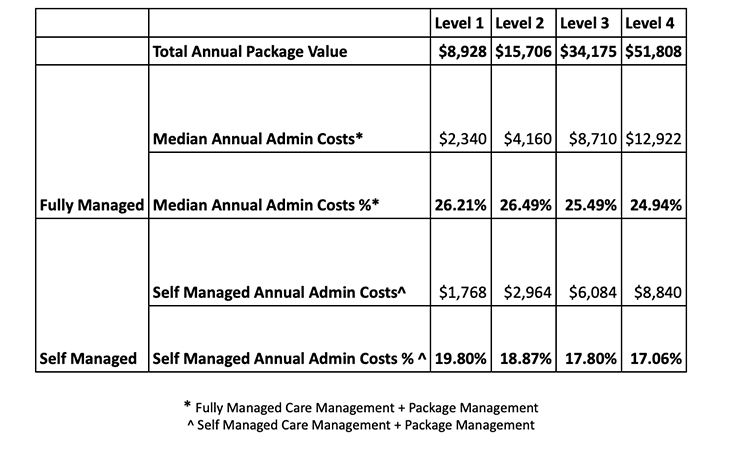An additional 80,000 home care packages were announced in the May Federal Budget – enough to clear the waiting list, according to federal health minister Greg Hunt. But can we be sure the additional $18 billion in funds for the aged care sector assist those older Australians in the system and do not boost profits for providers?
The Budget “cash splash” was labelled a “political stunt” by Dr Sarah Russell in a column for Michael West Media as it was not tied to reform measures or direct care and food for elderly Australians. And industry player Mable is in furious agreement.
Dr Russell said the Budget allocation was a win for aged care providers, not older people.
“The home care sector has been given an extra $6.5 billion over four years to provide an additional 80,000 home care packages,” she wrote. “Yet the government has not put in place any accountability measures to stop the rorting of the system. How is it possible that a recipient of a Level 4 home care package worth $52,000 receives on average only eight hours and 45 minutes of support?
“Some unscrupulous home care providers who charge older people exorbitant fees, high hourly rates for support workers and excessive costs for equipment will be celebrating.”
Read more: Home care packages explained
Mable, which describes itself as “a website that enables older Australians to connect with independent care and support workers in their local community”, has analysed federal government data to show the price differences between provider-managed and self-managed home care.
It says that older Australians are being charged an astounding one-quarter of their funds on “administration’ and “care management”, leaving only 75 per cent for direct care and support. They are then charged significantly more per hour for services such as nursing and personal care if they have a provider-managed package, Mable claims.
Mable has welcomed the release of the data as “a step towards a more transparent and fair system for older Australians”. The data enables consumers to see the administration costs of different levels of home care packages between fully provider-managed to fully self-managed.
Read more: Key questions to ask when choosing a home care provider
The table below shows the national median annual administration and care management costs for home care packages comparing provider-managed and self-managed options. Access the full national summary here.

The government-provided data shows that those who choose to self-manage their home care package, can in some cases, access twice as many hours of support as clients who choose a provider-managed package.
“With under 5 per cent of older Aussies self-managing their home care packages, many are missing out on opportunities to take control and access better outcomes,” said Peter Scutt, CEO and co-founder of Mable.
“Self-management means the individual chooses the support and services they want based on what’s important to them, and when and by whom those services are provided. It means that you know who your support providers are and you can build a direct relationship with them, which leads to greater flexibility and more person-centred care.
“There are only currently three or four approved providers in Australia who offer genuine self-management options for people, meaning they offer genuine choice over who supports you, which is just not enough.
“With under 5 per cent of older Aussies self-managing their home care packages, many are missing out on accessing more hours of support tailored to their needs and preferences.”
Agedcare101 explains that providers are allowed to charge administrative fees to cover overheads and costs such as insurance, workers compensation, care coordination and travel. “However, these fees aren’t regulated and can differ from provider to provider,” it says. “Of course, admin costs should be kept to a minimum so that consumers get the support they need.”
Read more: Home care package wait lists a ‘critical failure’
The federal health department says: “All home care providers must meet price transparency requirements, including publishing your prices on the My Aged Care website and providing your pricing schedule to your care recipients. Price transparency helps people to better understand and compare the prices of different providers.”
It adds: “Business-related administration costs include costs such as office rent, insurance and marketing. You [the provider] must not charge for these costs separately. If needed, you can include these costs in your prices for care and services. The amount you include must be reasonable.”
Are you confident that the extra funding for home care packages will benefit older Australians rather than providers? Are there clear rules and regulations around what providers can charge? Are these costs warranted? Have your say in the comments section below.
If you enjoy our content, don’t keep it to yourself. Share our free eNews with your friends and encourage them to sign up.

